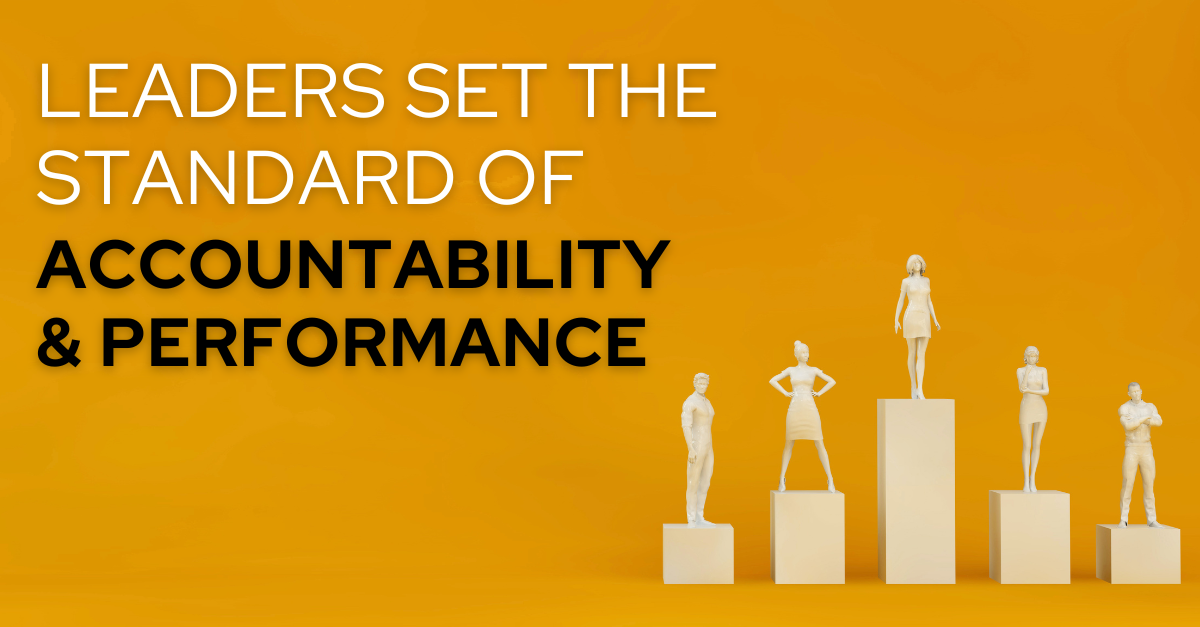Whether you know it or not, people are watching you. They’re learning from you and trying to infer the motives of your actions. Now, if you’re a leader, its safe to assume that others are watching you about five times more closely than they normally would—dissecting, analyzing, and categorizing everything you say and do, as well as everything you don’t say and do. The reason? Psychologist Susan Fiske explains that people instinctively pay more attention to those who have control over their lives. Most leaders are oblivious to this psychological phenomenon, but they ignore it at their peril.
Because of their position of influence, leaders tend to create a following of “mini-mes.” Subordinates look to their leaders for cues on how to behave, and they often unconsciously pick up some of their leaders’ tendencies, and even their quirks. If you, as a leader, tend to lose your temper in the board room, guess what? Your subordinates will be more likely to lose their temper at their colleagues. If you tend to denigrate others behind closed doors, it should come as no surprise that your subordinates are doing the same thing, possibly to you! Fortunately, this psychological phenomenon can also be used for good, but only once a leader acknowledges it and embraces the role of a mentor.
Using The Apprenticeship Model For Leadership Training
In his book Superbosses, author Sydney Finkelstein asserts that the ancient model of master and apprentice—close, personal, on the job training—is, in fact, the best method for training leaders.
Learning the subtleties and nuances of a profession requires experiential learning. This consists of an apprentice watching a master in action, and then applying and practicing the master’s technique in a different setting. This is where real proficiency is acquired, especially with leadership competencies such as networking, giving and receiving feedback, and negotiation.
Finkelstein chronicles numerous examples of superbosses from a variety of industries who have used the apprenticeship model with incredible results. The best example that I have witnessed of the apprenticeship model in action is within the service organization where I volunteer. Every leader in the organization selects two ‘deputies,’ as it were, to assist them. The deputies understand that there are only two items on their job description:
- Help lift the burden of your leader.
- Learn how to do the leader’s job, because you’re next!
The leader is responsible for the overall operation of the unit, but the bulk of the running of the unit is left to the deputies. The deputies attend meetings with, or on behalf of, the leader, and take turns creating agendas, chairing meetings, and spearheading special projects. It is by far the best succession model I have ever seen.
Two Questions
If you’re convinced of the power of the apprenticeship model, as I am, then you’ll naturally be led to ask yourself these two questions:
- Who am I apprenticing?
- What am I teaching them?
[bctt tweet=”All leaders must become experts in leadership because one of their primary duties is to develop other leaders.” via=”no”]
To a small extent, you’re apprenticing anyone you lead, or anyone who looks to you as a subject matter expert. (And by the way, if you’re a leader, it’s your responsibility to become a subject matter expert in leadership, because one of your most important duties is to develop other leaders!) But a good rule of thumb for succession planning is that you should be apprenticing two or three people who could replace you within two or three years. I say within two or three years because if you’re working with talented, ambitious people, you’d better plan to expand their options within the company inside of that time frame, otherwise they’ll plan to expand their options outside of the company!
[bctt tweet=”You’d better move talented people within the company every two years, otherwise they’ll move themselves out!” via=”no”]
Perhaps the most sobering question a leader can ask herself is “What am I teaching my apprentices?” Your mind might give you one set of answers, but your actions may demonstrate a completely different set. Let me illustrate. My wife and I had been working with one of our daughters to control her angry outbursts and frequent sour attitude. Nothing I did was working. A few months ago I made a discovery. When my daughter would do something over the top, such as being overtly mean to one of her sisters, I would yell at her. She would shut down emotionally and often would lock herself in her room. But then I realized something profound: I was modelling precisely the behaviour I didn’t want from her! This “aha moment” reminded me that the most powerful lessons are taught by our actions.
Ask Yourself
I hope you will use this article to leverage your position of influence to develop other leaders. To help you do that, I invite you to thoughtfully answer the following questions:
Who am I apprenticing?
- ____________________________________
- ____________________________________
- ____________________________________
What behaviours do I want to model for them?
- _________________________________________________________
- _________________________________________________________
- _________________________________________________________
What behaviours am I modeling for them?
- _________________________________________________________
- _________________________________________________________
- _________________________________________________________
_____________________________________________________________________________________





